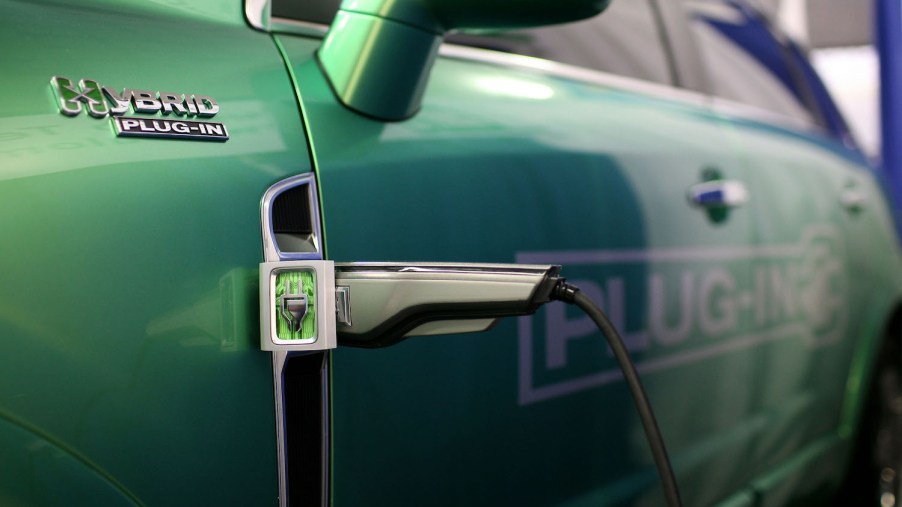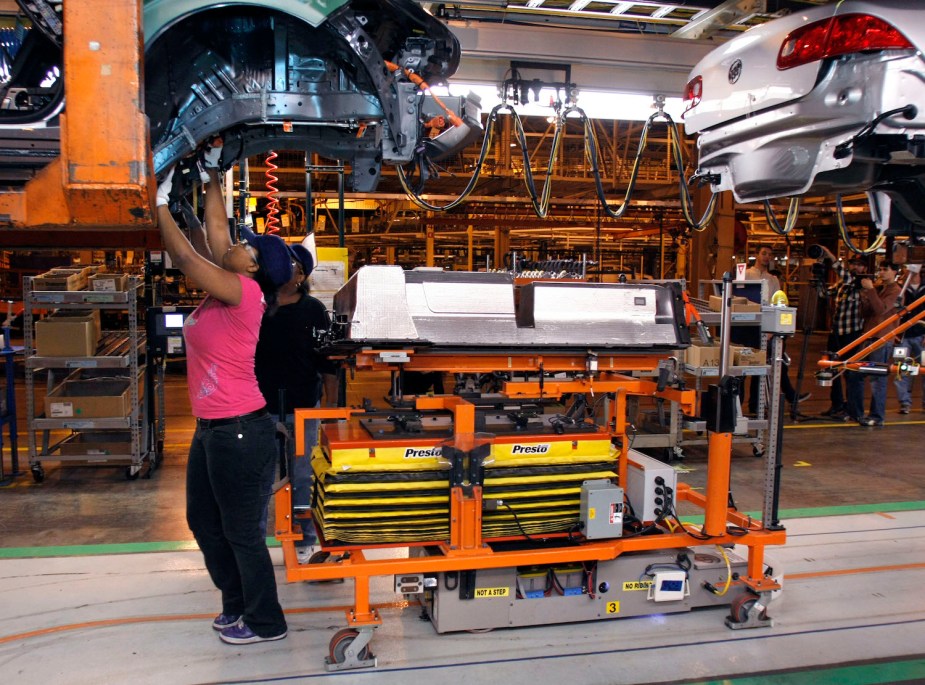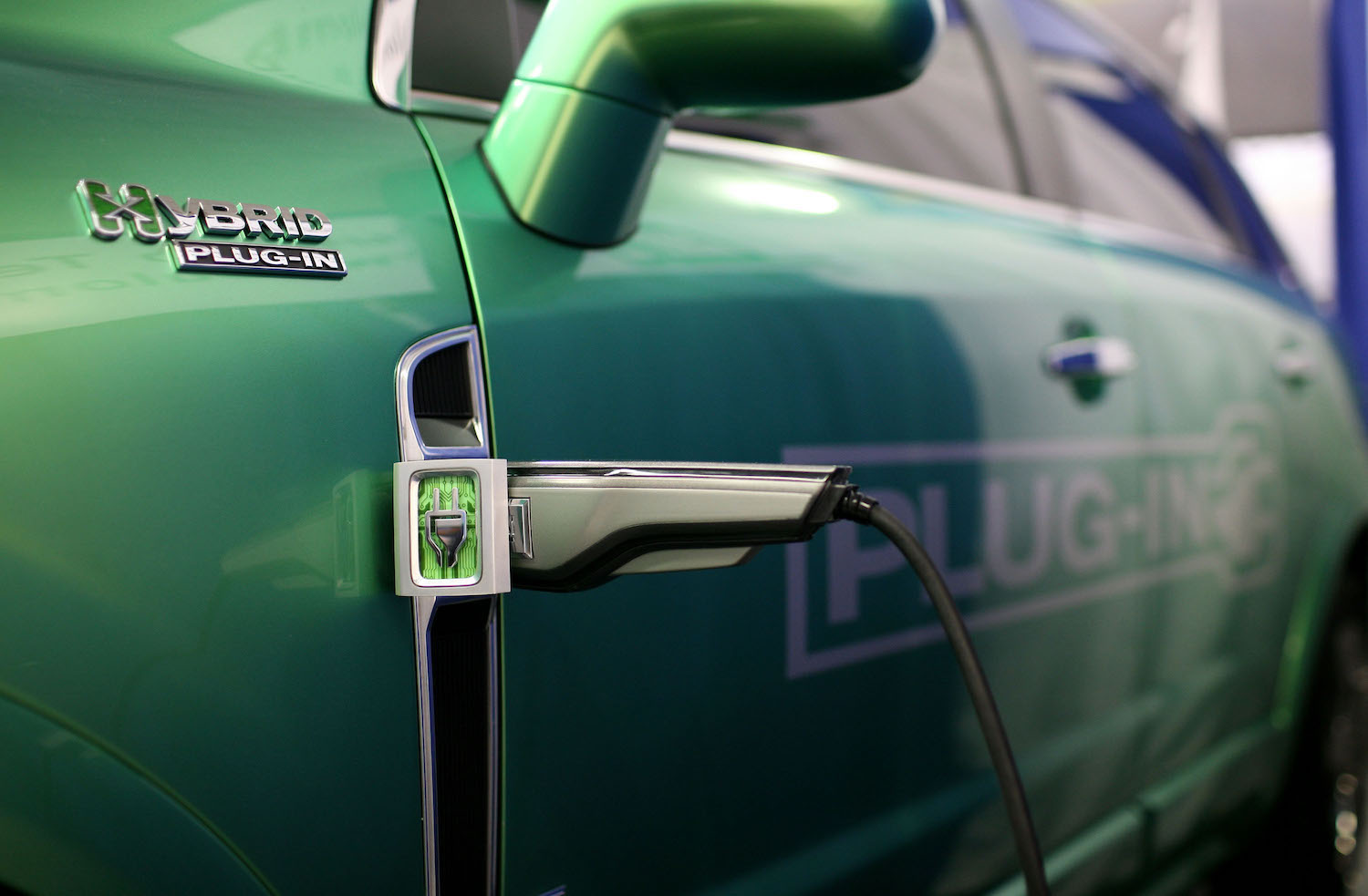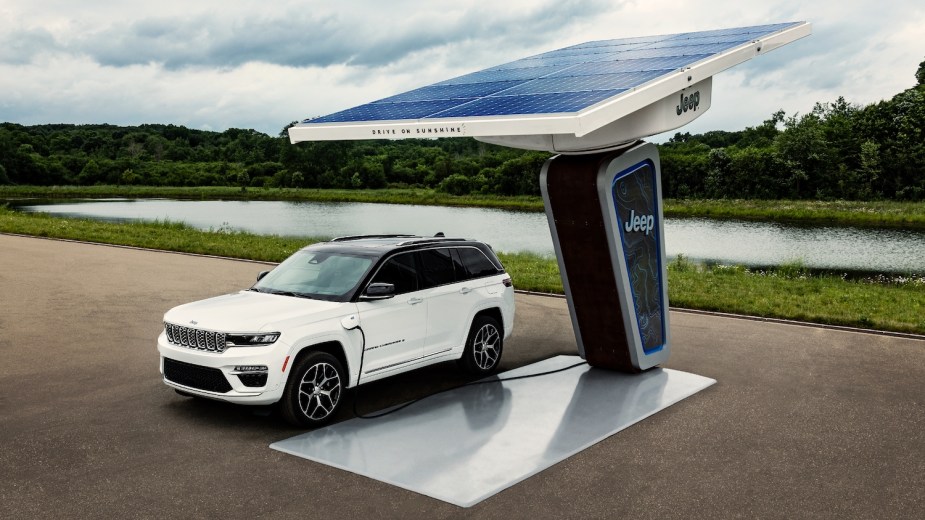
Here’s Why PHEV Batteries Should Be Standardized
The size and shape of a plug-in hybrid electric vehicle’s (PHEV) battery pack might seem like an odd thing for the government to get involved in. But as these high-voltage batteries wear out, being able to replace them will be critical to the continued efficiency of used PHEVs. In addition, future advances in battery technology may allow you to transform a PHEV into a long-range EV if you can upgrade it with a standard-size aftermarket battery.
The future of used PHEVs

Many plug-in hybrid electric vehicles offer 20 miles of fully electric range–or more. This is enough range that the average commuter won’t fire up the internal combustion engine unless on a road trip.
In addition to saving fuel, a PHEV’s electric drivetrain often saves wear and tear on its traditional drivetrain. This is because its electric motor/generator accelerates, so the gasoline engine does not have to. The electric drivetrain also brakes, so the standard service brakes do less work.
Automakers try to build battery packs for modern hybrids and PHEVs that will last as long as the rest of the vehicle’s drivetrain. But PHEV’s high-voltage batteries do wear out over time. When this happens, their all-electric range decreases. In addition, their MPG while under internal combustion power climbs. Because they weigh more than their non-hybrid counterparts, PHEVs can have worse MPG while in internal combustion mode than comparable traditional vehicles.
If the automotive industry standardized PHEV batteries to a few possible sizes and shapes, it would allow the aftermarket industry to offer a range of replacement packs for high-mileage PHEVs.
Can you turn a PHEV into an EV?
Advances in battery technology already allow higher kWh batteries that are the same size as older, low kWh batteries. Someday soon, you may be able to upgrade the battery in a PHEV, giving it as much electric range as some current EVs. This would make buying PHEV more appealing–according to Auto Evolution.

Automakers and private companies are spending billions of dollars on advanced battery technology. New battery chemistries–packing more power in a smaller space for a lower price–are on the horizon. One startup managed to install a 750-mile battery in a Tesla Model S. Fitting a 200-mile battery into PHEV does not seem far-fetched in comparison.
But if aftermarket companies must engineer a different battery upgrade for each make and model of plug-in hybrid, it could take a long time. This will push the era of upgrading your PHEV to an EV back considerably. Standardizing PHEVs now will make transforming them into EVs on after their batteries wear out much easier.
Would the government be able to standardize PHEV batteries?
The traditional automobile industry will likely fight against standardizing PHEV batteries so they can be upgraded in the future. Anything that keeps today’s vehicles on the road for longer is seen as a threat to future vehicle sales.

In addition, tightly packaging PHEV batteries makes these vehicles more efficient when new. If an automaker is limited to a standard battery tray, even for a low kWh battery pack, it may waste a lot of space in a new car.
That said, standardizing PHEV battery pack size and shape now, might help automakers in the long run. If EV and PHEV buyers know it will be relatively easy to upgrade their batteries–and their range–in the future, they will suffer from less range anxiety. The high entry cost of a modern EV or PHEV may also be easier to stomach.
When drivers do finally upgrade their PHEVs to EVs, many will prefer warrantied batteries from the original manufacturer. Because PHEVs and EVs will last longer than traditional internal combustion vehicles, this would be a great way for automakers to continue making money on these long-lived vehicles. And this will be much easier for them to do if they standardize their battery pack size and shape now.
Next, find out how much it costs to replace a PHEV’s battery.



